Betahistine dihydrochloride
Synonym(s):Betahistine dihydrochloride;Methyl[2-(2-pyridyl)ethyl]amine dihydrochloride
- CAS NO.:5579-84-0
- Empirical Formula: C8H14Cl2N2
- Molecular Weight: 209.12
- MDL number: MFCD00012813
- EINECS: 226-966-5
- SAFETY DATA SHEET (SDS)
- Update Date: 2025-02-25 18:47:31

What is Betahistine dihydrochloride ?
Description
Betahistine dihydrochloride (BH.2HCl) is an orally active histamine analog which has been used to control vertigo, lack of hearing and tinnitus related to Ménière’s disease. The mechanism of BH.2HCl is to reduce the pressure of the membranous labyrinth that results in enhancement of the microvasculature circulation and improves the signs of Ménière’s disease. Peroral administration undergoes extensive first-pass metabolism and gastric irritation in patients with peptic ulcer. In treatment of vertigo, a uniform and constant supply of drug is required in order to maintain steady-state concentration of the drug in the body. Unfortunately, BH.2HCl possesses a short half-life of about 3–4 h and requires frequent administration of the drug,12–15 thereby making it an ideal candidate for controlled release preparations.
Chemical properties
white to light yellow crystalline powder
The Uses of Betahistine dihydrochloride
Betahistine is belongs to a group of medications used to treat vertigo associated with Ménière's disease. Vertigo is a condition that causes sufferers to have a sensation of rotation or movement of themselves or their surroundings. Ménière's disease is a disorder of the inner ear that causes vertigo in addition to symptoms such as ringing in the ears, headache, and loss of hearing.
Betahistine is used to reduce the number of episodes of vertigo associated with Ménière's disease. It is believed to work by decreasing the pressure in the ear. This pressure is believed to contribute to the sense of dizziness, nausea, and ringing in the ears and hearing loss that people with Ménière's disease experience.
The Uses of Betahistine dihydrochloride
therapeutic for thrombocytopenia, effective against idiopathic thrombocytopenic purpura and cirrhosis due to hepatitis C.
brand name
Serc (Unimed).
General Description
Pharmaceutical secondary standards for application in quality control provide pharma laboratories and manufacturers with a convenient and cost-effective alternative to the preparation of in-house working standards
Pharmacokinetics
Absorption:
Betahistine dihydrochloride is readily and almost completely absorbed after oral administration from all parts of the gastro-intestinal tract, and peak plasma concentrations of 14C-labelled betahistine dihydrochloride are attained one hour after oral administration to fasting subjects.After absorption, the drug is rapidly and almost completely metabolized into 2-pyridylacetic acid. Plasma levels of betahistine are very low. Pharmacokinetic analyses are therefore based on 2-PAA measurements in plasma and urine.
Under fed conditions Cmax is lower compared to fasted conditions. However, total absorption of betahistine is similar under both conditions, indicating that food intake only slows down the absorption of betahistine.
Distribution:
The percentage of betahistine that is bound by blood plasma proteins is less than 5 %.
Biotransformation:
After absorption, betahistine is rapidly and almost completely metabolized into 2-PAA (which has no pharmacological activity). After oral administration of betahistine the plasma (and urinary) concentration of 2-PAA reaches its maximum 1 hour after intake and declines with a half-life of about 3.5 hours.
Excretion:
2-PAA is readily excreted in the urine. In the dose range between 8 and 48 mg, about 85% of the original dose is recovered in the urine. Renal or faecal excretion of betahistine itself is of minor importance.
Betahistine dihydrochloride is eliminated by the kidney with 85 - 90% of the radioactivity of an 8 mg dose appearing in the urine over 56 hours. Maximum excretion rates are reached within 2 hours of administration. Plasma levels of the parent drug are below the limits of detection of the assay.
Bioavailability has therefore been assessed from urinary excretion of its main metabolite, 2-pyridylacetic acid.
There is no evidence for presystemic metabolism. Biliary excretion is not important as a route of elimination of either the drug or its metabolites in the rat and is unlikely to be so in man.
Linearity:
Recovery rates are constant over the oral dose range of 8 – 48 mg indicating that the pharmacokinetics of betahistine are linear, and suggesting that the involved metabolic pathway is not saturated.
Clinical Use
Treatment of vertigo, tinnitus and hearing loss associated with Ménière’s syndrome
Side Effects
Stomach upset, nausea, and headache may occur. This medication may also rarely cause drowsiness. If any of these effects persist or worsen, tell your doctor or pharmacist promptly.
Remember that your doctor has prescribed this medication because he or she has judged that the benefit to you is greater than the risk of side effects. Many people using this medication do not have serious side effects.
A very serious allergic reaction to this drug is rare. However, seek immediate medical attention if you notice any symptoms of a serious allergic reaction, including:
rash
itching/swelling (especially of the face/tongue/throat)
severe dizziness
trouble breathing
This is not a complete list of possible side effects. If you notice other effects not listed above, contact your doctor or pharmacist.
Metabolism
Betahistine is excreted almost exclusively in the urine as 2-pyridylacetic acid within 24 hours of administration. No unchanged betahistine has been detected.
Mode of action
Betahistine acts both as a partial histamine H1-receptor agonist and histamine H3-receptor antagonist also in neuronal tissue, and has negligible H2-receptor activity. Betahistine increases histamine turnover and release by blocking presynaptic H3-receptors and inducing H3-receptor downregulation.
Betahistine dihydrochloride is a histamine-like drug in which pharmacological activity can be attributed to a specific effects and/or more direct influences on recovery mechanisms the vestibular nuclei. It has weak agonist activity at histamine H1 receptors and moderate antagonist activity at H3; receptors. The antagonist action of betahistine dihydrochloride at the H3: receptor can be expected to potentiate the release of presynaptic histamine in vivo by blocking the auto-inhibitory feedback at histaminergic terminals, its action on medial vestibular nucleus cells is to significantly reduce their responsiveness to histamine. This action of betahistine dihydrochloride occurs at post-synaptic H1 receptors, since betahistine dihydrochloride lacks any effect at H2 receptors. The effects of betahistine dihydrochloride are thus consistent with a partial agonist action at these receptors, with betahistine dihydrochloride having little excitatory action on its own but reducing the excitatory responses to histamine by occupying H1 receptor sites.
Properties of Betahistine dihydrochloride
| Melting point: | 150-154 °C |
| storage temp. | 2-8°C |
| solubility | Very soluble in water, soluble in ethanol (96 per cent), practically insoluble in 2propanol. |
| form | powder |
| color | Pale Yellow |
| Stability: | Hygroscopic |
| InChI | InChI=1S/C8H12N2.2ClH/c1-9-7-5-8-4-2-3-6-10-8;;/h2-4,6,9H,5,7H2,1H3;2*1H |
| CAS DataBase Reference | 5579-84-0(CAS DataBase Reference) |
Safety information for Betahistine dihydrochloride
Computed Descriptors for Betahistine dihydrochloride
| InChIKey | XVDFMHARQUBJRE-UHFFFAOYSA-N |
| SMILES | C1(CCNC)=NC=CC=C1.Cl.Cl |
Betahistine dihydrochloride manufacturer
AKASH PHARMA EXPORTS
New Products
(R)-1-Boc-3-hydroxypyrrolidine Methyl (R)-1-Boc-4,4-difluoropyrrolidine-2-carboxylate 2,2-Difluoropropylamine hydrochloride tert-butyl 3-bromoazetidine-1-carboxylate DIFLUOROACETIC ANHYDRIDE 2,2-Difluoropropionic acid Diallylamine, 99% Calcium hydroxide, 95% Aluminum oxide, basic 2-Bromophenylacetonitrile, 97% L-tert-Leucine,97% N-Hydroxy-2-methylpropanimidamide 4-(3,4-Dichlorophenyl)-3,4-Dihydro-N-Methyl-1-(2H)-Naphthalenimine (Schiff Base) 2-AMINO-3,5-DIBROMO BENZALDEHYDE [ADBA] L-Glutamic Acid Dimethyl Ester Hcl 10-Methoxy-5H-dibenz[b,f]azepine 5-Cyanophthalide N, N-Carbonyldiimidazole (CDI) Dibenzoyl Peroxide Titanium Dioxide 2-(Methylthio) Benzonitrile Sodium Acetate Anhydrous Allopurinol 1,5-DibromopentaneRelated products of tetrahydrofuran
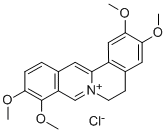

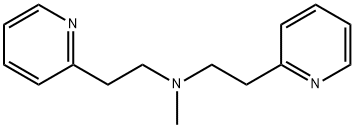

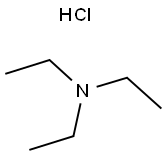
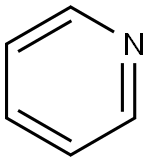

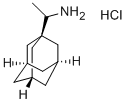
You may like
-
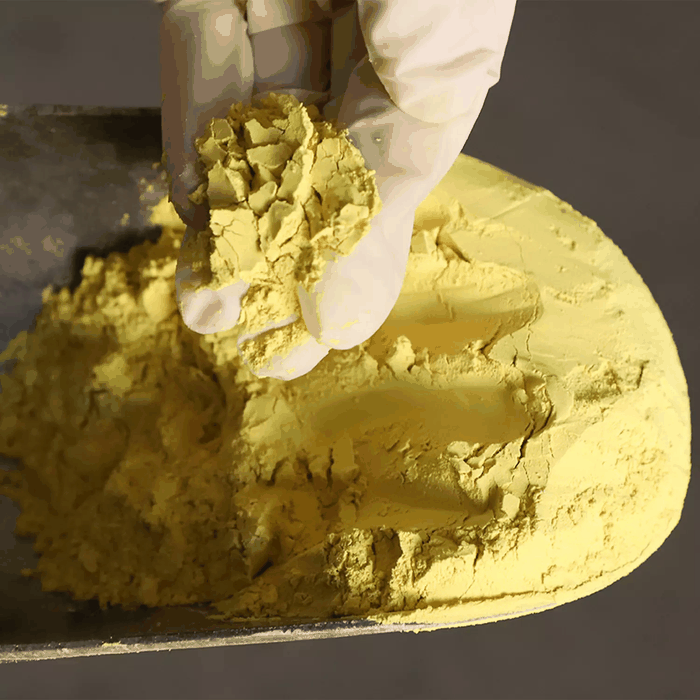 Betahistine dihydrochloride 98%View Details
Betahistine dihydrochloride 98%View Details -
 5579-84-0 98%View Details
5579-84-0 98%View Details
5579-84-0 -
 Betahistine Dihydrochloride 99%View Details
Betahistine Dihydrochloride 99%View Details -
 Betahistine dihydrochloride 5579-84-0 99%View Details
Betahistine dihydrochloride 5579-84-0 99%View Details
5579-84-0 -
 Betahistine dihydrochloride 5579-84-0 98%View Details
Betahistine dihydrochloride 5579-84-0 98%View Details
5579-84-0 -
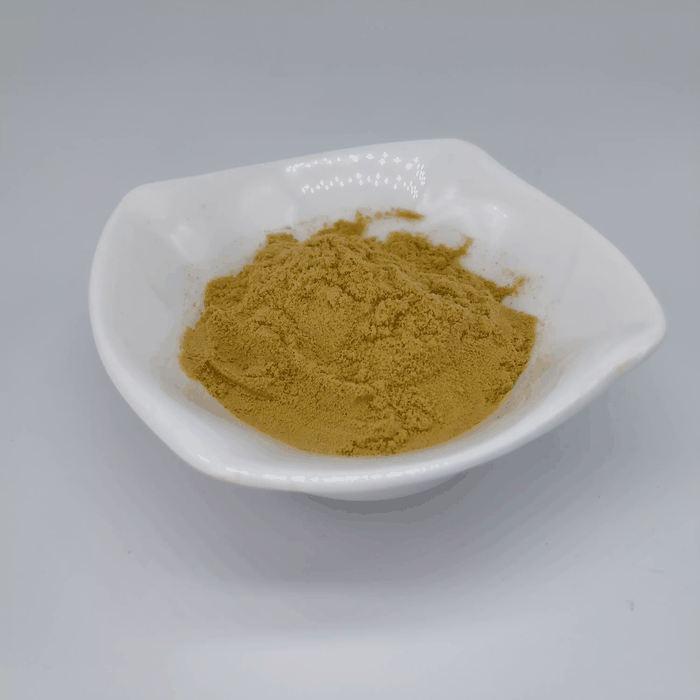 Betahistine dihydrochloride 99%View Details
Betahistine dihydrochloride 99%View Details
5579-84-0 -
 Betahistine DiHCl 98% CAS 5579-84-0View Details
Betahistine DiHCl 98% CAS 5579-84-0View Details
5579-84-0 -
 Betahistine hydrochloride CAS 5579-84-0View Details
Betahistine hydrochloride CAS 5579-84-0View Details
5579-84-0
